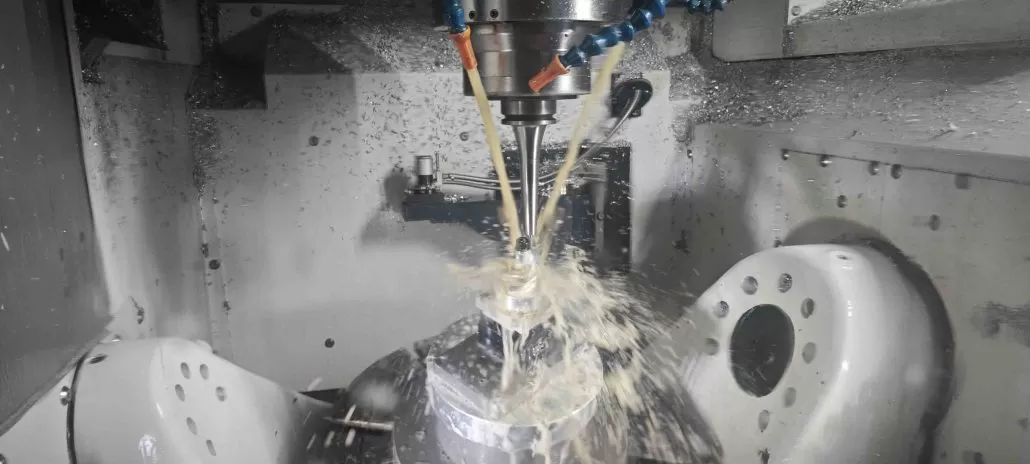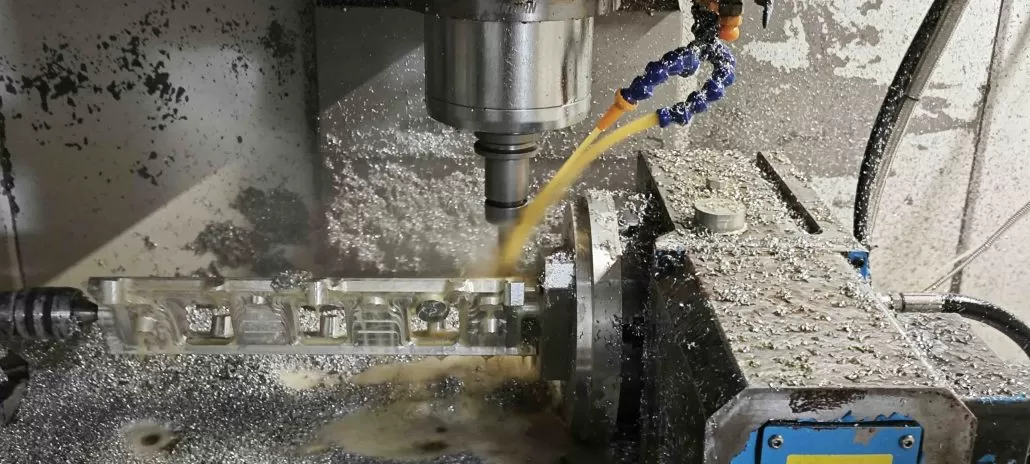If you are looking for precision manufacturing processes for your business, you might have heard of CNC machining, CNC milling, and CNC turning. These are three of the most popular methods used in the manufacturing industry today. But what are the differences between them, and which one is right for your business needs?
CNC Machining
CNC machining is a manufacturing process that uses computer-controlled machines to produce parts. In this process, a pre-programmed computer software controls the movement of tools such as drills, lathes, and mills. CNC machines are versatile and can produce a wide range of parts with high precision and accuracy. This process is ideal for creating complex shapes, intricate designs, and tight tolerances.
CNC machines come in a variety of types, including vertical machining centers, horizontal machining centers, and multi-axis machining centers. Each type of machine is suited for different types of parts, and the choice of machine will depend on the complexity of the part, the material being used, and the required precision.
CNC Milling
CNC milling is a type of machining process that uses a rotating cutting tool to remove material from a solid block of material. In this process, the cutting tool moves along multiple axes to create complex shapes and designs. CNC milling machines are versatile and can produce a wide range of parts with high accuracy and precision. This process is ideal for producing parts with complex geometries, such as gears, turbine blades, and engine components.
CNC milling machines also come in a variety of types, including vertical milling machines, horizontal milling machines, and universal milling machines. Each type of machine is suited for different types of parts, and the choice of machine will depend on the complexity of the part, the material being used, and the required precision.

CNC Turning
CNC turning is a manufacturing process that uses a single-point cutting tool to remove material from a rotating workpiece. In this process, the workpiece rotates on a spindle while the cutting tool moves along a linear or curved path to create cylindrical shapes, such as shafts, pins, and bushings. CNC turning machines are ideal for producing high-volume production runs of cylindrical parts with tight tolerances and excellent surface finishes.
CNC turning machines also come in a variety of types, including horizontal lathes, vertical lathes, and Swiss lathes. Each type of machine is suited for different types of parts, and the choice of machine will depend on the complexity of the part, the material being used, and the required precision.
Key Differences
The main difference between CNC machining, CNC milling, and CNC turning is the type of cutting tools used and the way they remove material from the workpiece. CNC machining uses a variety of cutting tools to produce complex parts, while CNC milling uses rotating cutting tools to remove material from a solid block of material. CNC turning uses a single-point cutting tool to remove material from a rotating workpiece.
Another key difference is the types of parts each process is best suited for. CNC machining is ideal for creating complex shapes, intricate designs, and tight tolerances. CNC milling is best suited for producing parts with complex geometries, such as gears, turbine blades, and engine components. CNC turning is ideal for producing high-volume production runs of cylindrical parts with tight tolerances and excellent surface finishes.

Conclusion
CNC machining, CNC milling, and CNC turning are all important manufacturing processes used in the industry. By understanding the key differences between these processes, you can choose the right method for your manufacturing needs. Whether you need to produce complex shapes, intricate designs, or cylindrical parts, CNC machining, CNC milling, and CNC turning can deliver high precision and accuracy.
In conclusion, when it comes to choosing the right manufacturing process for your business needs, it’s important to consider the complexity of the part, the material being used, and the required precision. Each process has its own strengths and weaknesses, and the right choice will depend on the specific needs of your business.


